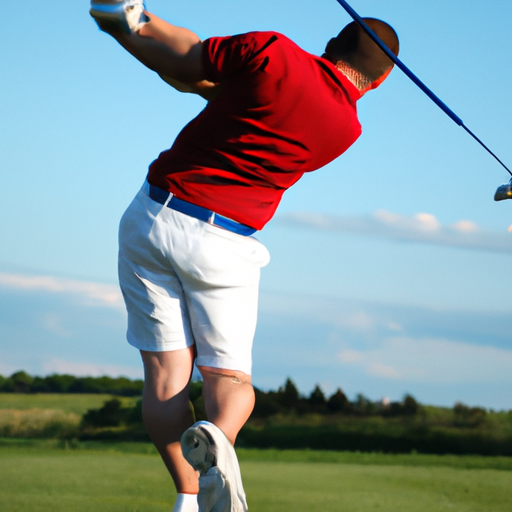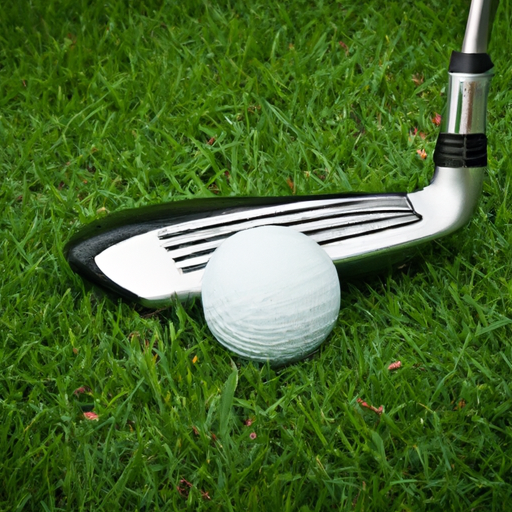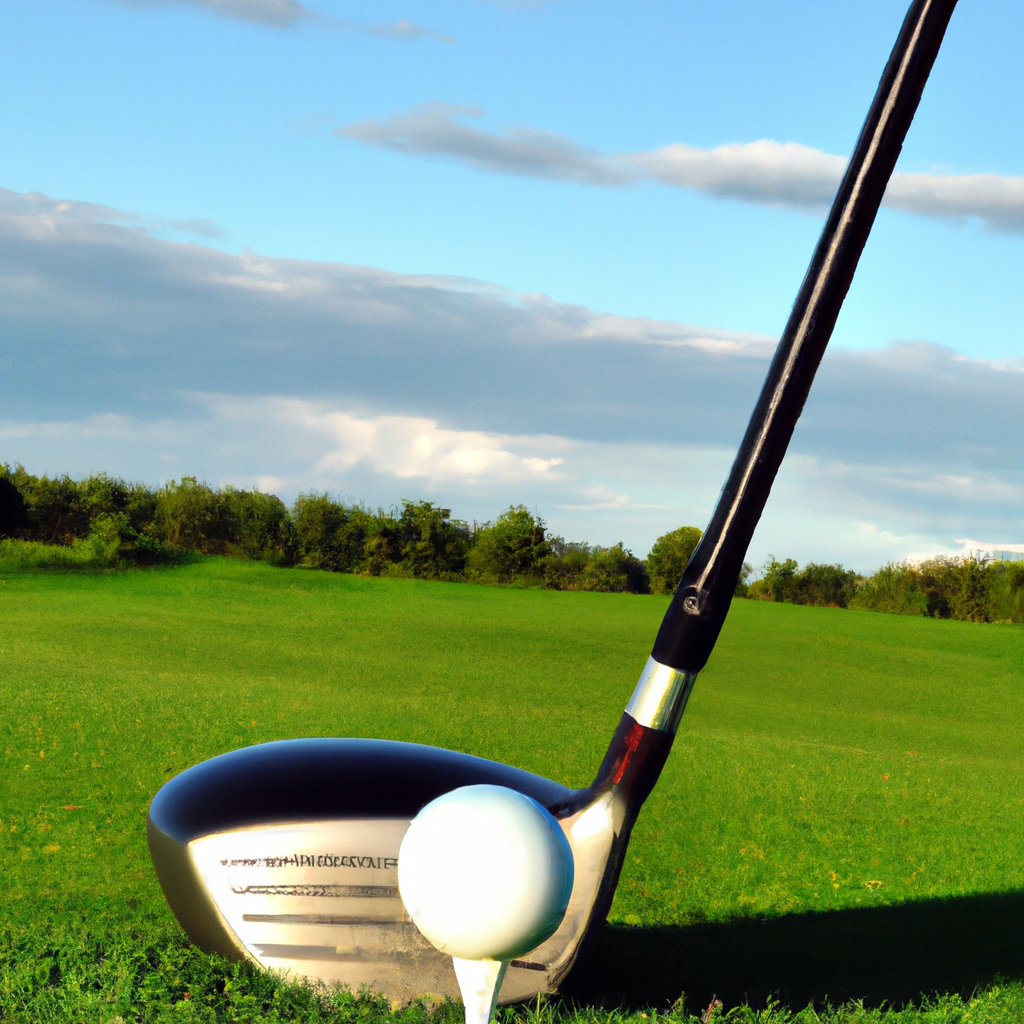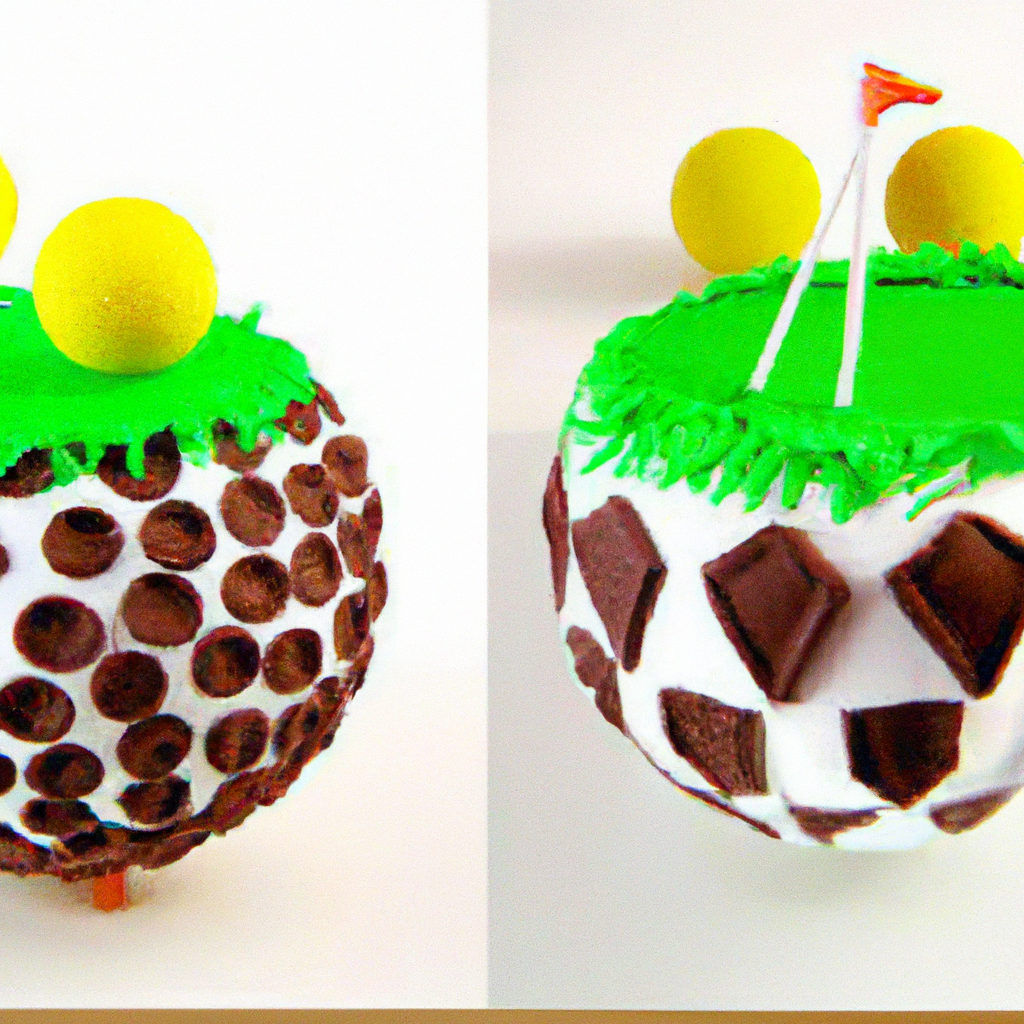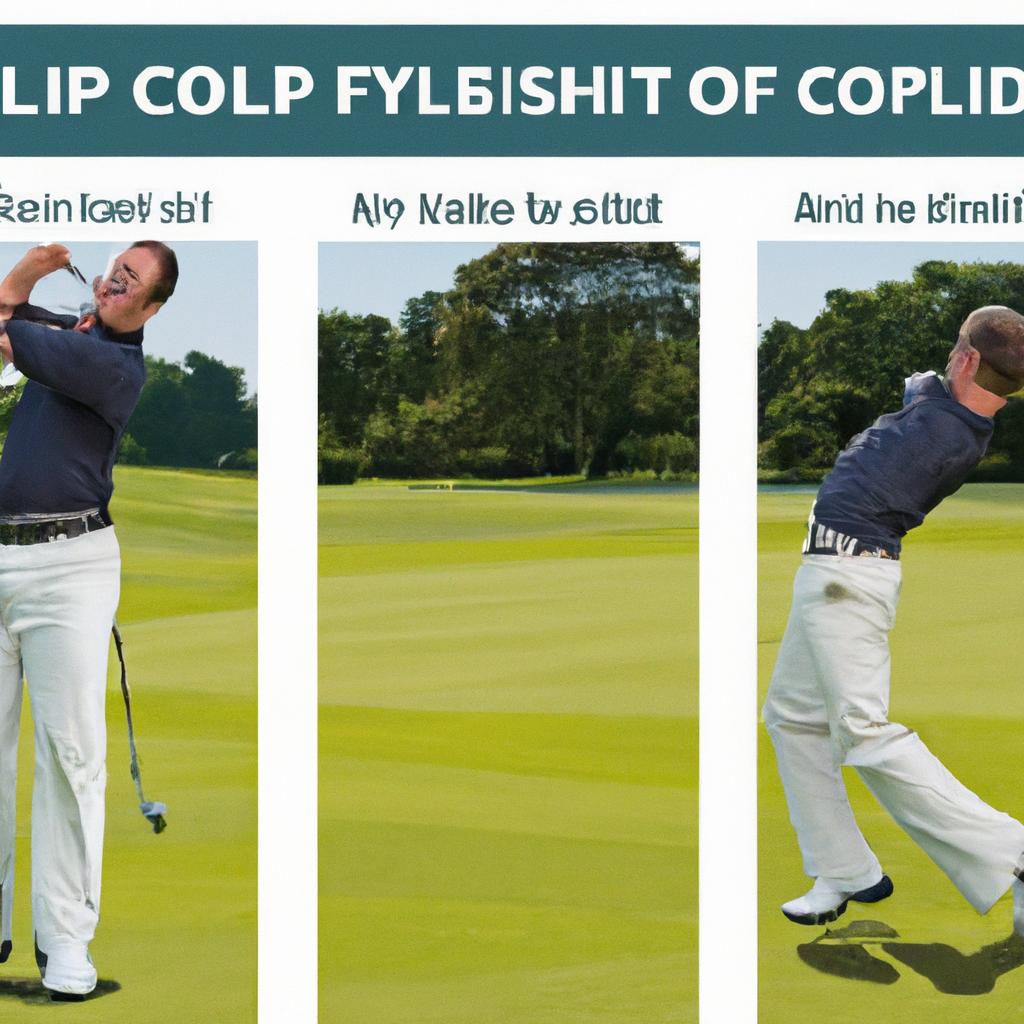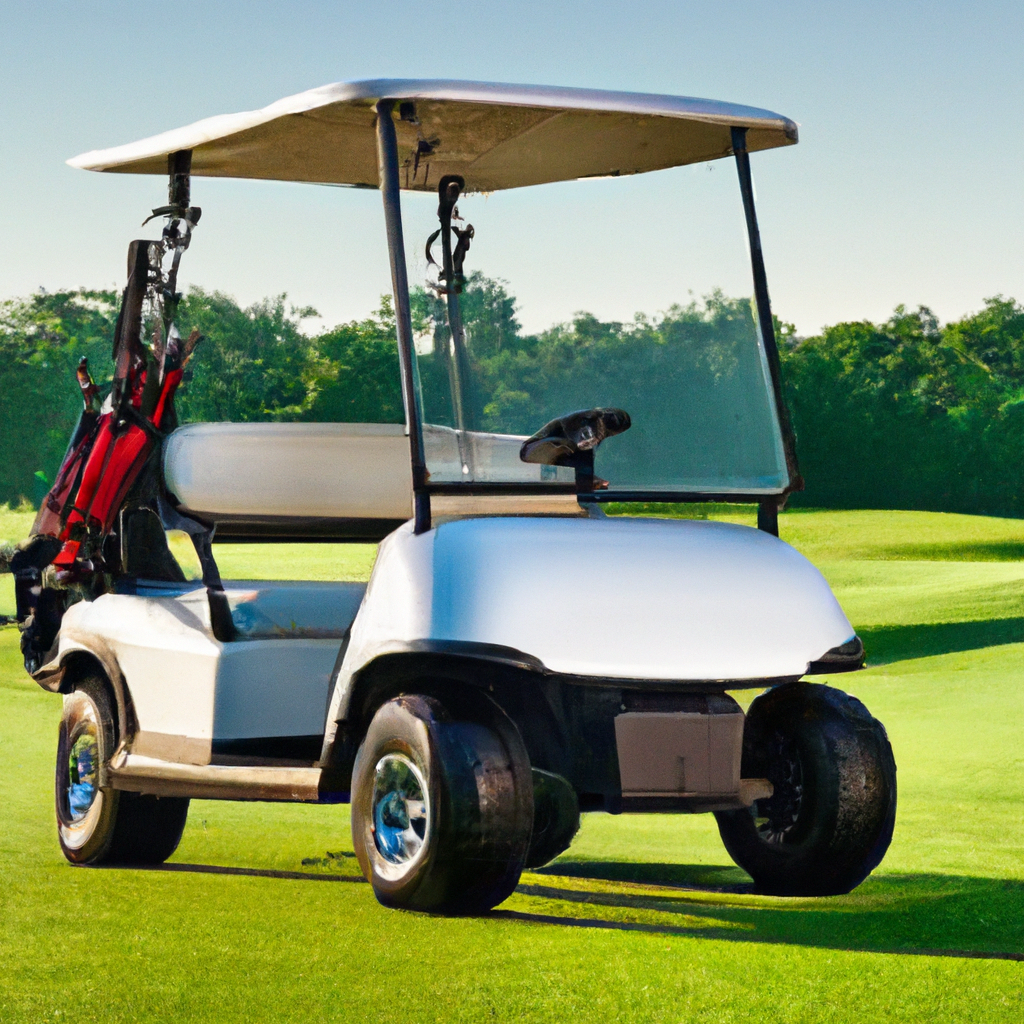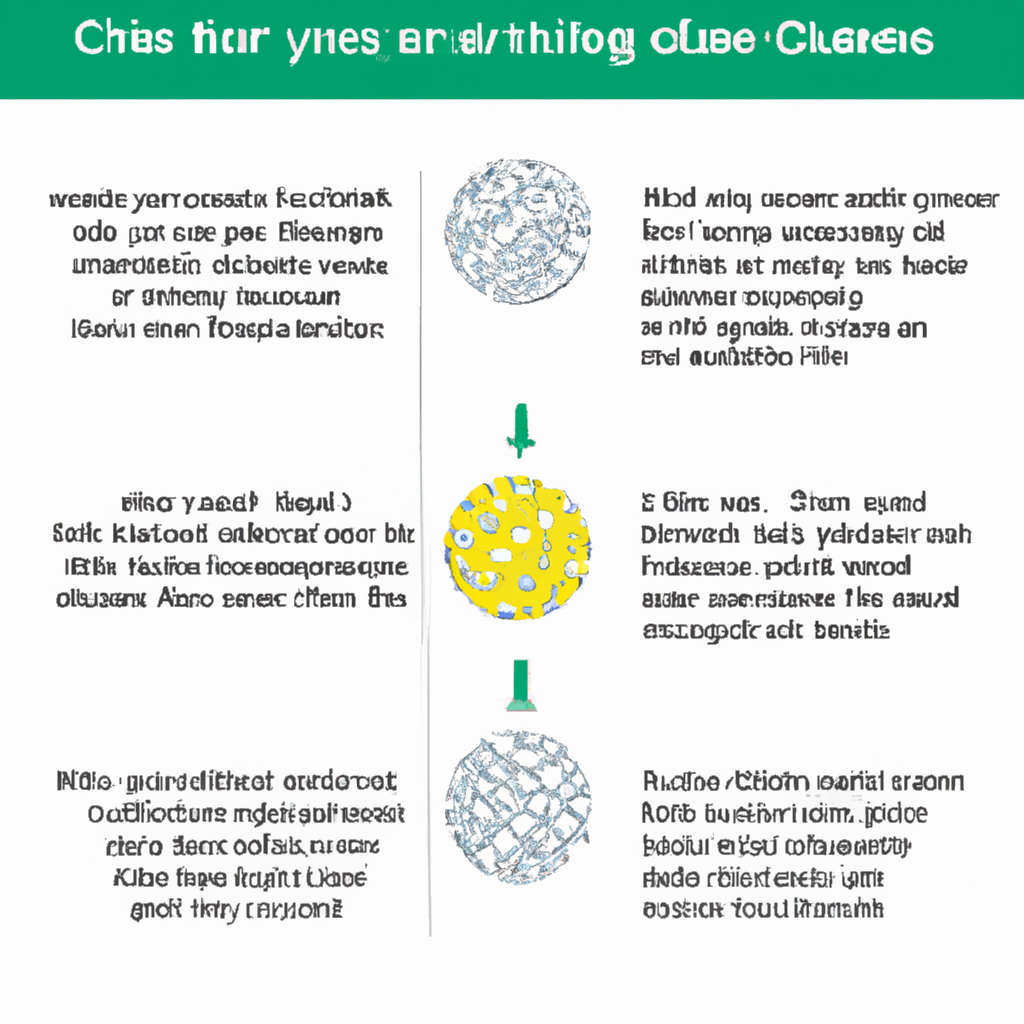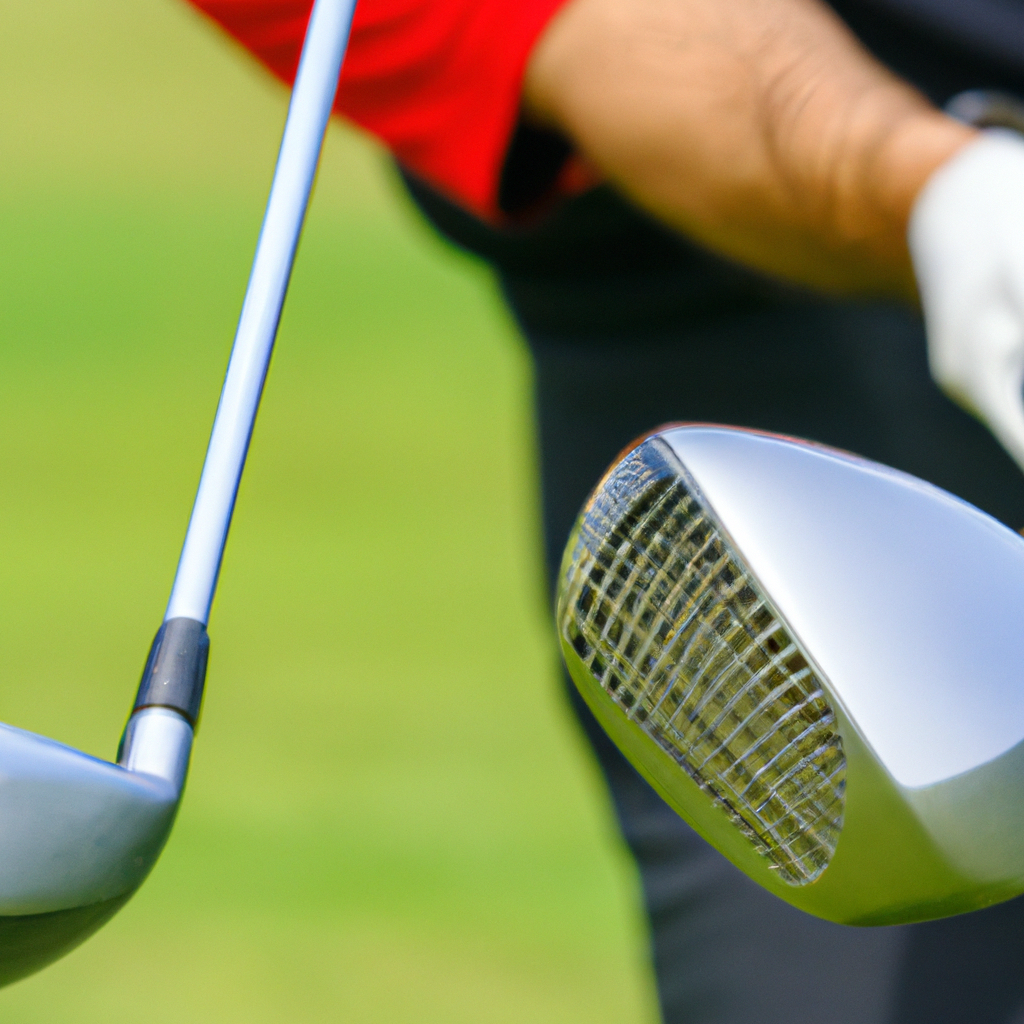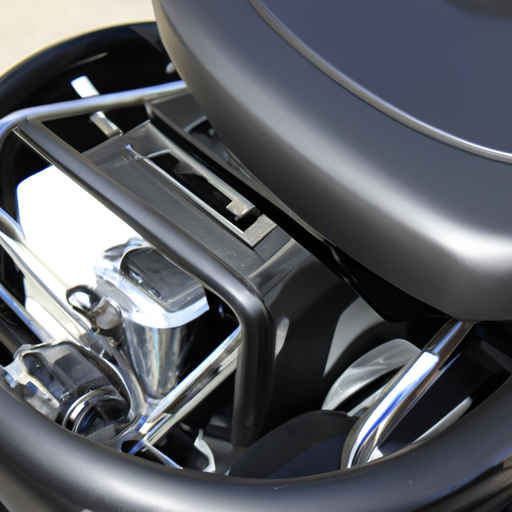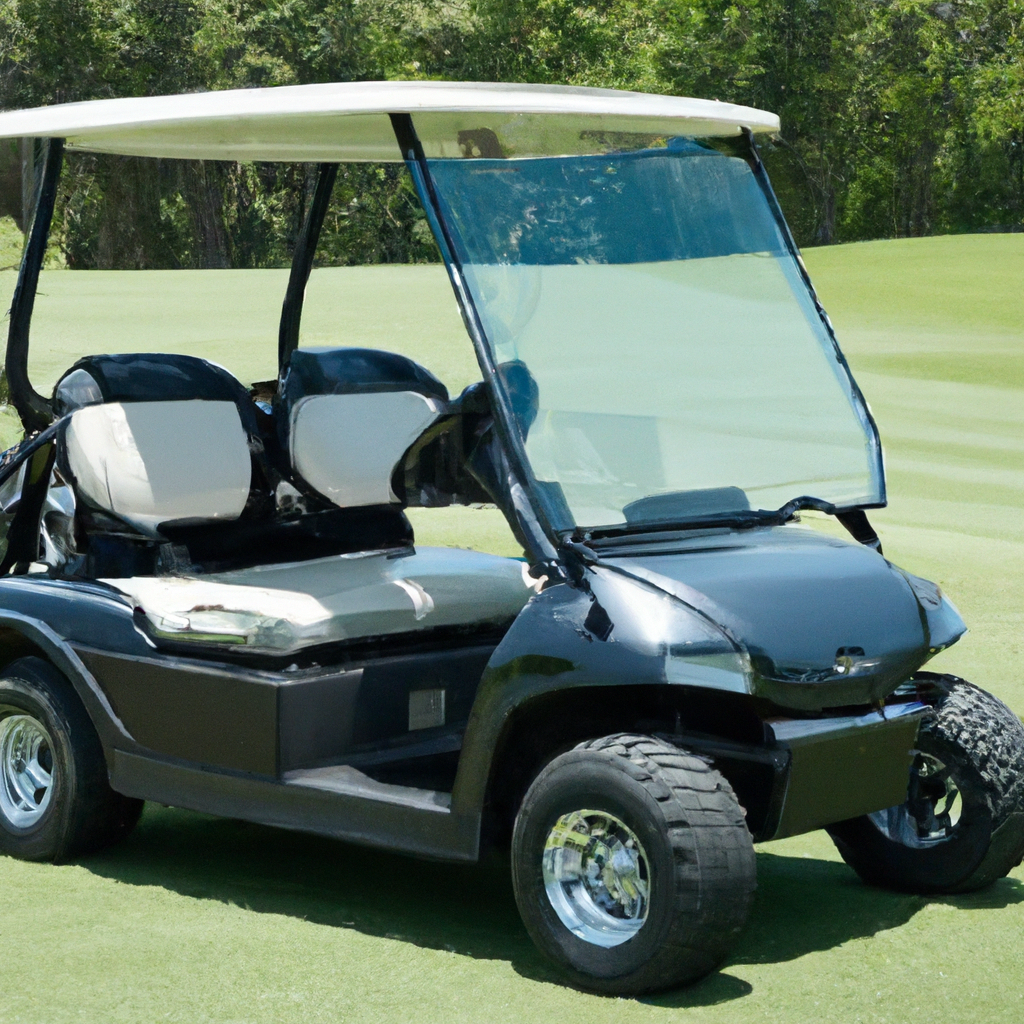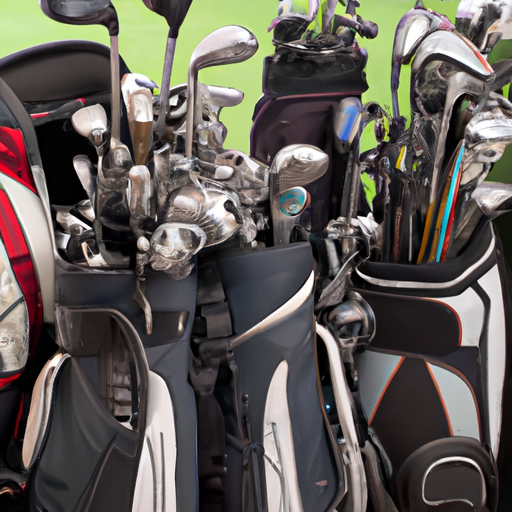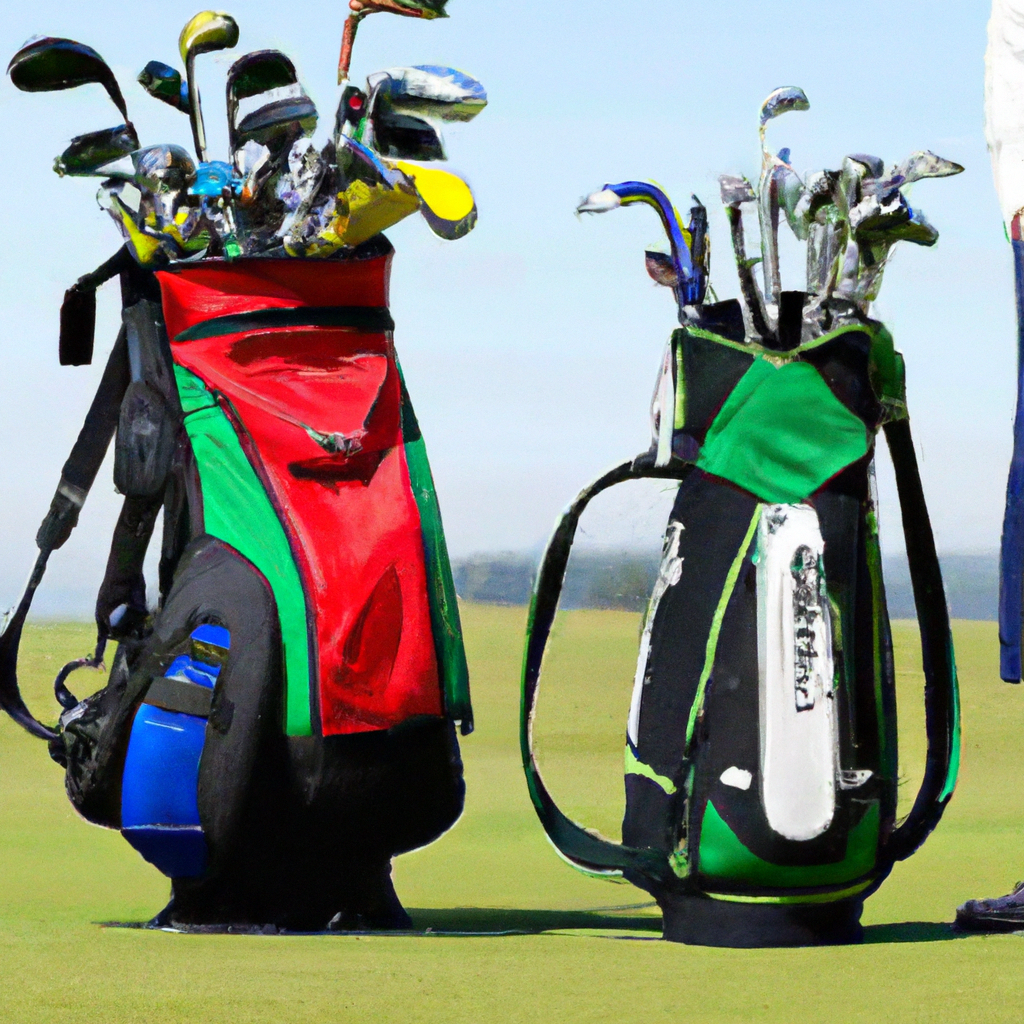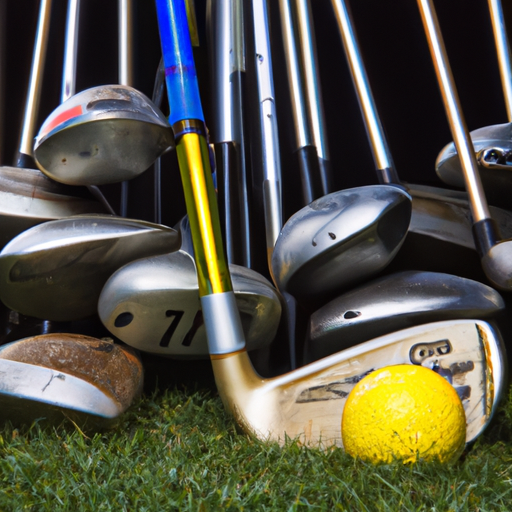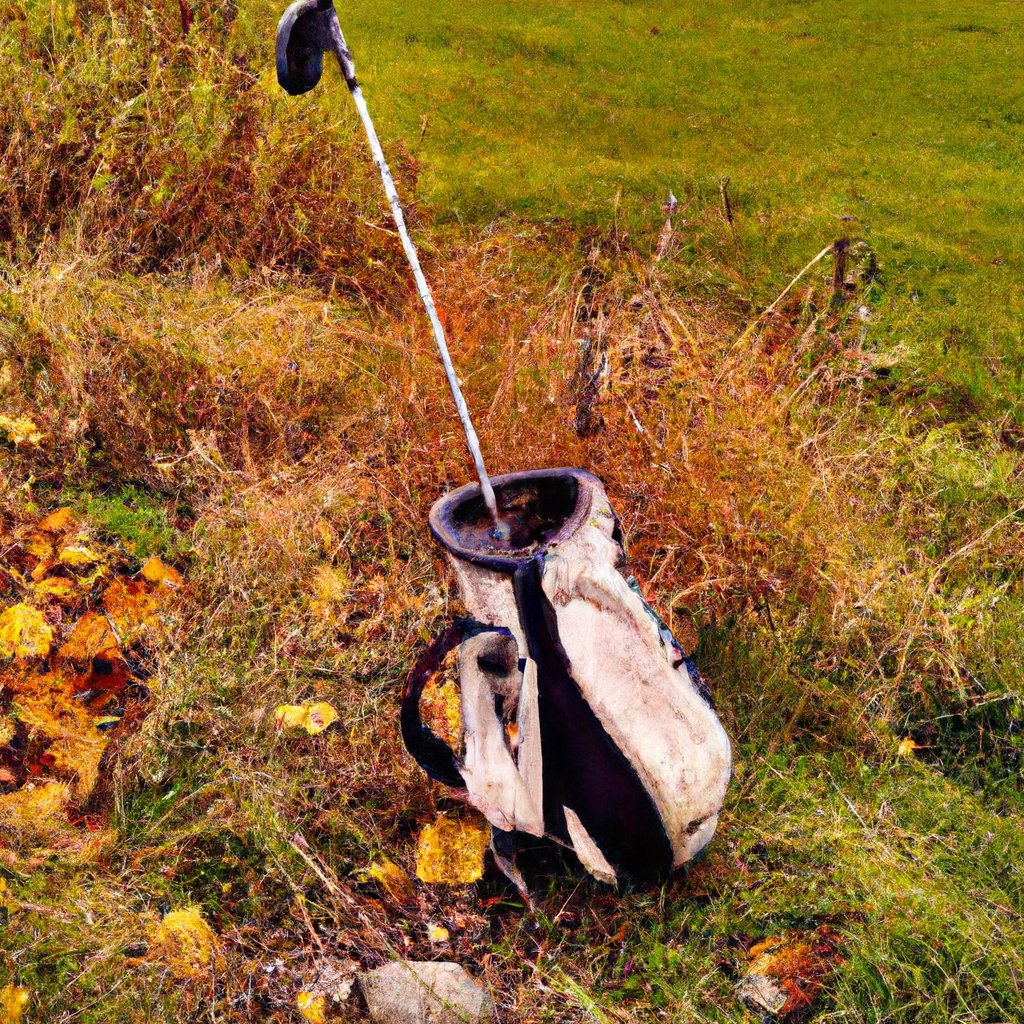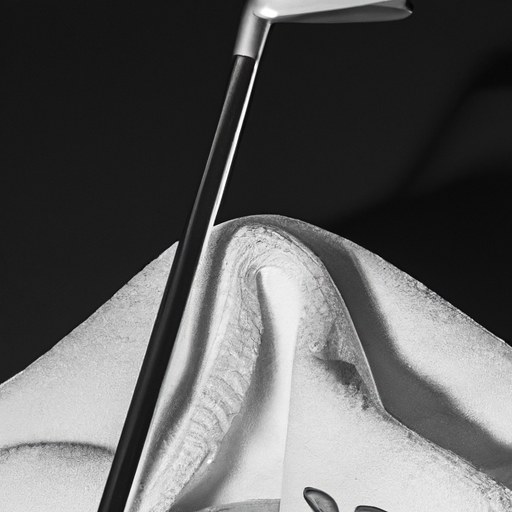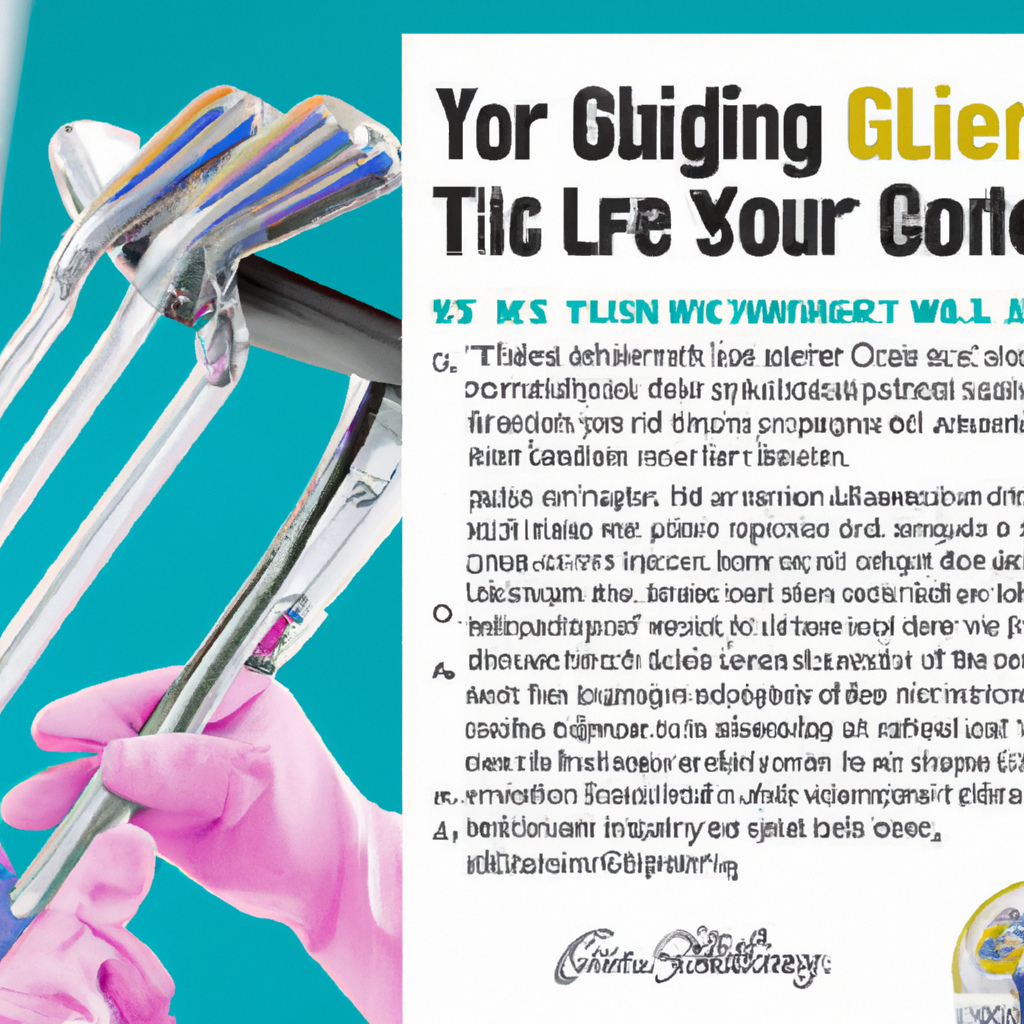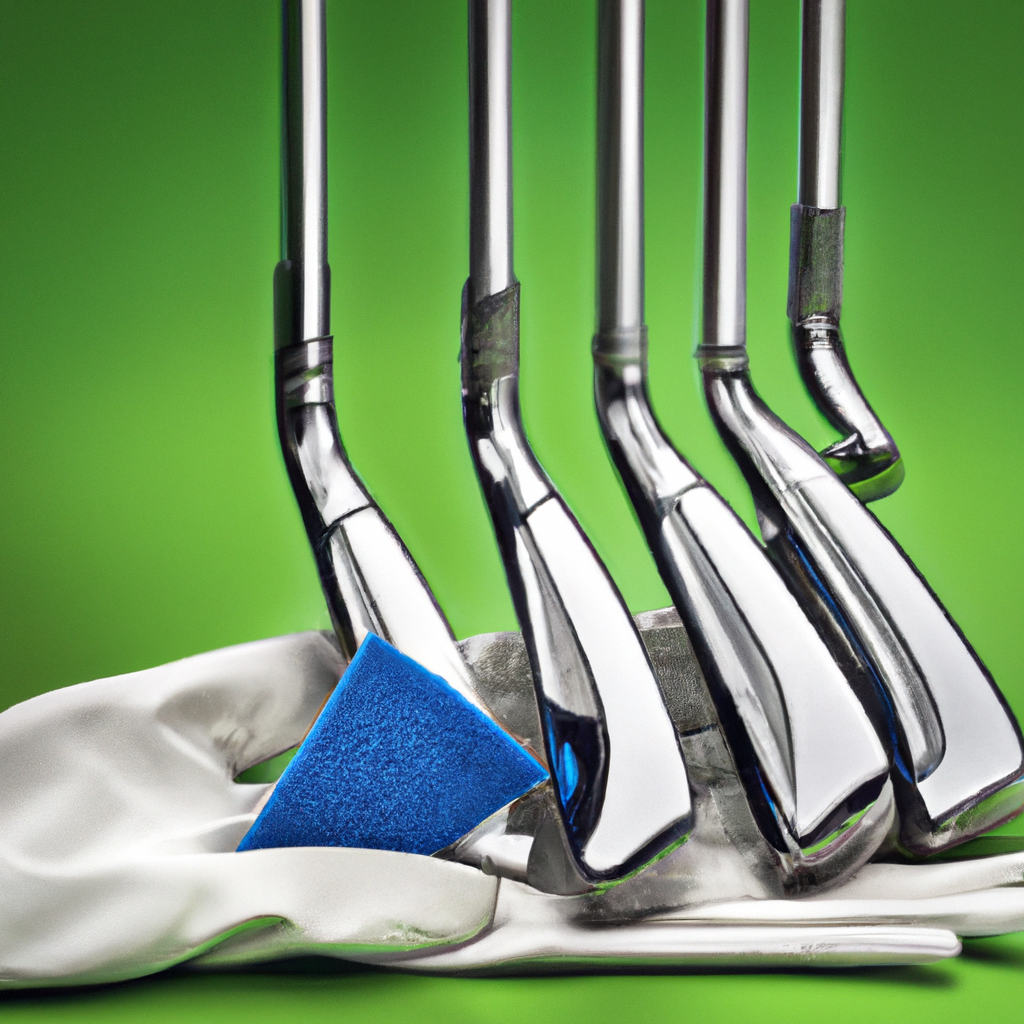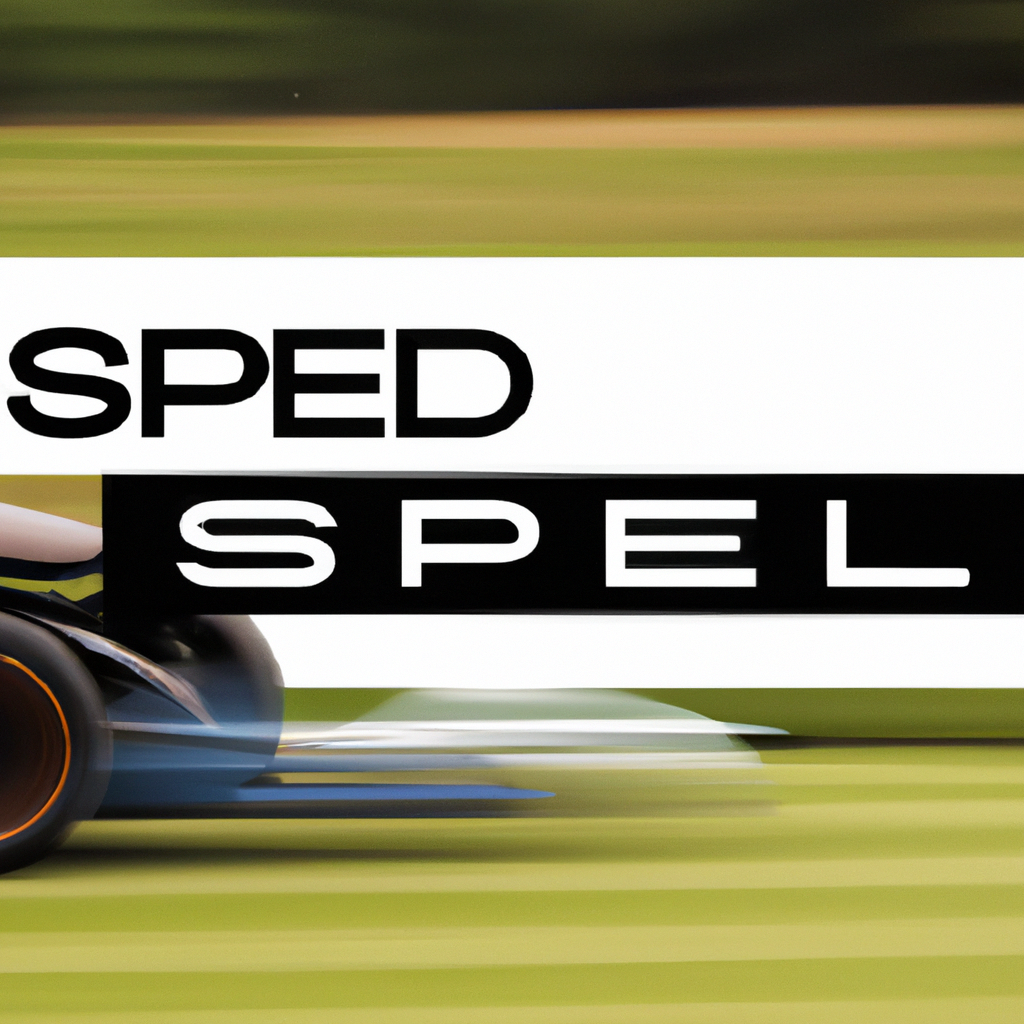Have you ever wondered how to achieve that perfect swing in golf? Look no further! In “The Ultimate Guide to Clearing Your Hips in the Golf Swing,” you will discover the secrets to mastering the art of hip clearance. Whether you’re a beginner or an experienced golfer, this guide will provide you with valuable techniques and tips to help you improve your game. From understanding the importance of hip clearance to learning the proper body positioning, this article will equip you with the knowledge you need to enhance your golf swing and achieve greater accuracy and power. Get ready to elevate your golf game to new heights with the ultimate guide to clearing your hips in the golf swing.

Understanding the Importance of Clearing Hips in the Golf Swing
When it comes to the golf swing, hip clearance plays a crucial role in achieving proper technique and maximizing power. The hips act as the engine that drives the swing, transferring energy from your legs to your upper body and ultimately to the club. Clearing the hips refers to the rotation and lateral movement of the hips during the swing, allowing for a full and unrestricted release of power. This not only helps generate clubhead speed but also promotes proper sequencing and timing in the swing.
The Role of the Hips in the Golf Swing
The hips are the center of rotational power in the golf swing. They play a vital role in maintaining balance and stability while allowing for a full range of motion. During the backswing, the hips should rotate away from the target, creating torque and potential energy. As the downswing begins, the hips initiate the sequence of movements, driving the lower body forward and leading the upper body into a powerful release. Clearing the hips effectively allows for a smooth and efficient transfer of energy, resulting in greater distance and accuracy.
Benefits of Clearing Hips Properly
Proper hip clearance in the golf swing offers several benefits for golfers of all skill levels. First and foremost, it allows for increased power and distance. By maximizing the rotation and lateral movement of the hips, you can generate more speed and force in your swing, translating into longer drives and stronger iron shots. Clearing the hips also improves stability and balance, preventing common swing faults such as swaying or sliding. This promotes a consistent ball strike and helps maintain control throughout the swing. Additionally, proper hip clearance allows for better sequencing and timing of the swing, increasing the chances of hitting the ball squarely for improved accuracy.
Common Mistakes in Hip Clearance
While understanding the importance of clearing hips is essential, many golfers struggle with achieving proper hip clearance due to common mistakes. One common error is limited hip mobility and flexibility. Tightness in the hips restricts the range of motion and inhibits the ability to clear the hips fully. Another mistake is an early release of the hips, often referred to as “hip extension.” This occurs when the hips start to rotate too early in the downswing, resulting in a loss of power and accuracy. Overturning the hips is another common fault, wherein the hips rotate excessively, leading to an unbalanced and inconsistent swing. Addressing these mistakes and focusing on proper hip clearance can greatly improve your golf swing and overall performance.
Developing Flexibility and Mobility
Developing flexibility and mobility in the hips is crucial for achieving proper hip clearance. Key muscles for hip mobility include the hip flexors, glutes, and hamstrings. Stretching and warm-up exercises can help increase flexibility in these areas, allowing for greater hip rotation and lateral movement in the swing. Simple exercises such as hip circles and dynamic stretches can be incorporated into your pre-round routine to enhance hip mobility. Additionally, incorporating yoga into your fitness regimen can provide significant benefits for hip mobility, as well as overall strength and flexibility.
Key Muscles for Hip Mobility
To improve hip mobility, it is important to target the key muscles involved. The hip flexors, including the psoas and iliacus muscles, play a significant role in hip rotation. Stretching exercises such as lunges and kneeling hip flexor stretches can help lengthen and release tension in these muscles. The glutes, which consist of the gluteus maximus, medius, and minimus, contribute to both hip rotation and stability. Strengthening exercises such as glute bridges and lateral band walks can activate and strengthen these muscles. Lastly, the hamstrings, located at the back of the thigh, aid in hip extension and flexibility. Regular hamstring stretches can improve hip mobility and help prevent limitations in the swing.
Effective Warm-up and Stretching Exercises
Before engaging in any physical activity, it is essential to warm up and stretch to prepare your body for the demands of the golf swing. Dynamic stretches such as leg swings, torso rotations, and arm circles can increase blood flow, warm up the muscles, and improve joint mobility. These exercises should be performed in a controlled and fluid manner, gradually increasing the range of motion. It is also important to incorporate specific stretching exercises for the hips, such as hip rotations, figure-four stretches, and butterfly stretches. These stretches target the hip joints and surrounding muscles, promoting flexibility and mobility necessary for proper hip clearance in the golf swing.
Incorporating Yoga for Hip Mobility
Yoga can be a valuable addition to any golfer’s training regimen, particularly for improving hip mobility. Various yoga poses such as the Warrior poses, Triangle pose, and Pigeon pose can target the muscles involved in hip rotation and clearance. These poses not only promote flexibility but also help in building strength and stability in the hips. Additionally, practicing yoga can enhance body awareness and mindfulness, which can translate into improved control and focus in your golf swing. Consider incorporating yoga into your fitness routine to unlock the full potential of your hips and improve your overall golf performance.
Proper Setup for Clearing Hips
Setting up correctly is crucial for allowing proper clearance of the hips during the golf swing. Addressing the ball with the correct stance and alignment helps establish the foundation for an efficient swing. First, ensure that your feet are shoulder-width apart, with the toes slightly flared out. This stance provides a stable base and allows for optimal hip rotation. Next, align your body parallel to the target line, with your shoulders, hips, and feet all pointing in the same direction. Proper alignment not only promotes consistent hip clearance but also aids in square contact with the ball. Lastly, maintain a slight forward tilt in your spine, known as the spine angle, to encourage a proper weight transfer and rotation of the hips throughout the swing.
Balancing Weight Distribution
Maintaining a balanced weight distribution is essential for efficient hip clearance. During the setup, the weight should be evenly distributed between both feet, with a slight bias towards the balls of your feet. This balanced setup allows for optimal stability and mobility in the hips. As you initiate the swing, the weight should shift gradually onto the inside of your back foot during the backswing, then transfer smoothly to the front foot during the downswing. This weight transfer enables a proper sequence of movements, with the hips leading the way. By maintaining a balanced weight distribution, you can effectively clear the hips and transfer power from the ground up, resulting in a more powerful and controlled swing.
Understanding the Correct Spine Angle
The spine angle is another crucial element in achieving proper hip clearance. The spine angle refers to the forward tilt or bend of the upper body at address. It is essential to maintain a consistent spine angle throughout the swing to ensure a proper transfer of energy and avoid any restrictions in hip rotation. At setup, the spine should be tilted slightly forward, maintaining a straight line from the top of the head to the tailbone. This position allows the hips to rotate freely and facilitates an efficient transfer of power from the lower body to the upper body. By understanding and maintaining the correct spine angle, you can enhance your ability to clear the hips and achieve a more powerful and consistent golf swing.
Mastering the Backswing
The backswing sets the foundation for a powerful and effective golf swing. Mastering the backswing involves balancing the movements of the upper and lower body while maintaining a coiled position that maximizes potential energy. Proper arm and shoulder movement play a crucial role in achieving the ideal backswing.
Balancing Upper and Lower Body Movements
To execute a balanced backswing, it is crucial to coordinate the movements of the upper and lower body. As you initiate the backswing, focus on coiling the upper body while allowing the hips to rotate naturally. The upper body should turn away from the target, with the shoulders turning under the chin. At the same time, the hips should rotate, maintaining their position without excessive lateral movement. Balancing the movements of the upper and lower body allows for a connected and synchronized backswing, setting the stage for a powerful downswing.
Maintaining a Coiled Position
Maintaining a coiled position in the backswing is instrumental in generating power and maximizing clubhead speed. The coil refers to the twisting motion created by the separation between the upper and lower body during the backswing. As you rotate the upper body away from the target, focus on keeping the lower body stable and resisting the urge to slide or sway. This coiled position can be likened to a tightly wound spring, ready to unleash energy in the downswing. By maintaining a solid and coiled position in the backswing, you can generate stored energy and unleash it with explosive power through the clearing of the hips in the downswing.
Creating Proper Arm and Shoulder Movement
Proper movement of the arms and shoulders is crucial in creating a balanced and effective backswing. As you turn the upper body away from the target, allow the arms to swing naturally, maintaining a relaxed and fluid motion. Avoid any excessive tension or forced movements that may restrict the rotation of the hips. The shoulders play a vital role in the backswing, rotating around the spine and providing stability and control. Focus on turning the shoulders under the chin, while keeping the upper body relatively centered over the lower body. By creating a seamless and coordinated movement of the arms and shoulders, you can achieve a powerful and efficient backswing that sets the stage for clearing the hips in the downswing.
Initiating the Downswing
The downswing is where the power and accuracy of the golf swing come to fruition. Initiating the downswing correctly is essential for unlocking the potential energy stored during the backswing and properly transferring it through the hips to the club.
Understanding the Kinetic Chain
The downswing is a dynamic and sequential movement that involves the transfer of energy from the lower body to the upper body and ultimately to the club. This transfer of energy is known as the kinetic chain. To initiate the downswing effectively, it is important to understand the sequence of movements involved in the kinetic chain. The downswing begins with a slight shift of weight onto the front foot while the hips start to rotate towards the target. This rotation of the hips then leads to the rotation of the torso and shoulders, followed by the arms, and finally, the release of the club. By understanding and utilizing the kinetic chain, you can generate maximum power and efficiency in your downswing.
Starting the Downswing with the Lower Body
To unleash the power stored in the backswing, it is crucial to start the downswing with the lower body, particularly the hips. As the weight shifts onto the front foot, initiate the downswing by rotating the hips towards the target. This lateral movement and rotation of the hips provide the foundation for mobilizing the rest of the body and transferring energy efficiently. It is important to emphasize the hip rotation and ensure that it starts before any arms or upper body movement. By starting the downswing with the lower body, you can effectively clear the hips and create a powerful and coordinated movement through the rest of the swing.

Generating Power from the Hips
Clearing the hips in the downswing is essential for generating power and clubhead speed. As the hips rotate towards the target, the energy stored in the coiled position is unleashed and transferred to the upper body and, ultimately, to the club. The hips act as the engine that powers the swing, providing the necessary torque and momentum. To fully maximize power from the hips, focus on maintaining a solid base and engaging the core muscles. The glutes and abdominal muscles play a significant role in generating power by stabilizing the lower body and assisting in hip rotation. By generating power from the hips, you can achieve greater distance, control, and consistency in your golf shots.
Clearing Hips in the Downswing
Clearing the hips in the downswing is a critical component of a powerful and effective golf swing. Proper hip clearance allows for efficient rotation and contribution of the lower body, maximizing power and accuracy. While maintaining flexibility and rotation in the hips is essential, proper timing and sequencing are equally important.
Maintaining Flexibility and Rotation in the Hips
To clear the hips effectively in the downswing, it is crucial to maintain flexibility and rotation in the hips. This can be achieved by continuing to focus on the key muscles involved in hip mobility, such as the hip flexors, glutes, and hamstrings. Regular stretching exercises, both before and after your golf rounds or practice sessions, can help maintain and improve hip flexibility. Additionally, incorporating exercises that specifically target hip rotation, such as pelvic rotations and hip twists, can further enhance rotational mobility in the hips. By maintaining flexibility and rotation in the hips, you can enhance your ability to clear the hips and generate power in the downswing.
Proper Timing and Sequencing
In addition to maintaining flexibility and rotation, proper timing and sequencing of movements are crucial for clearing the hips effectively in the downswing. It is essential to initiate the downswing with the lower body, specifically the hips, before initiating any upper body or arm movements. This ensures a synchronized and efficient transfer of energy through the swing. As the hips start the downswing, allow the torso, arms, and club to follow naturally, without any excessive or forced movements. Focus on maintaining a smooth and coordinated sequence of movements, with the hips leading the way. By mastering the timing and sequencing of movements, you can achieve proper hip clearance and unlock the full potential of your golf swing.
Avoiding Overturning or Early Hip Extension
When striving to clear the hips effectively, it is important to avoid two common mistakes: overturning and early hip extension. Overturning occurs when the hips rotate excessively, leading to an unbalanced and inconsistent swing. This can result in a loss of power and compromised control. To prevent overturning, focus on maintaining a stable lower body and allowing for a natural and controlled rotation of the hips. Early hip extension, on the other hand, refers to the premature straightening of the lower back and hips during the downswing. This can cause an inefficient transfer of energy and lead to inconsistent ball striking. To prevent early hip extension, focus on maintaining proper posture and keeping the lower body stable throughout the downswing. By avoiding these common mistakes, you can ensure proper hip clearance and achieve a more powerful and consistent golf swing.
Improving Hip Clearance Through Drills
To improve hip clearance in the golf swing, various drills can be incorporated into your practice routine. These drills specifically target hip rotation, weight transfer, and overall coordination of the swing. By incorporating these drills, you can enhance your ability to clear the hips effectively and improve your swing mechanics.
Hip Rotation Drills
Hip rotation drills focus on enhancing the range of motion and flexibility in the hips for optimal clearance. One effective drill is the seated hip rotation drill. Sit on a stability ball or chair with good posture and slowly rotate the hips from side to side. This drill can be performed with or without a club, allowing you to focus solely on hip rotation. Another beneficial drill is the standing hip rotation drill. Stand with your feet shoulder-width apart and your arms extended in front of you. Initiate the movement by rotating the hips to the right, following the rotation with the upper body and arms. Repeat the movement on the opposite side. These hip rotation drills can be performed as part of your warm-up routine or incorporated into your practice sessions to improve hip mobility and clearance.
Weight Transfer Drills
Weight transfer drills help promote a balanced and coordinated transfer of weight from the back foot to the front foot during the downswing. One effective drill is the step drill. Start by addressing the ball with a slightly open stance. Begin your backswing, and as you transition into the downswing, take a small step forward with your front foot, allowing your weight to follow. This drill emphasizes shifting the weight smoothly and incrementally, leading with the lower body. Another useful drill is the swing-within-a-swing drill. Start with a shortened backswing, creating a “mini” swing. As you initiate the downswing, focus on shifting your weight fully onto the front foot, emphasizing the weight transfer and hip clearance. These weight transfer drills can be practiced on the driving range or even in your backyard, reinforcing the proper sequence of movements and developing a more efficient swing.
Hip Bump and Slide Drills
Hip bump and slide drills are designed to improve the lateral movement and rotation of the hips during the golf swing. One effective drill is the wall drill. Stand with your back against a wall and assume your address position. As you initiate the downswing, focus on bumping your hips laterally against the wall, then sliding them towards the target as you rotate. This drill helps promote the proper lateral movement and hip clearance necessary for an effective swing. Another beneficial drill is the step-through drill. Start with a slightly closed stance and initiate the downswing by stepping forward with your front foot, allowing the hips to clear and rotate naturally. This drill reinforces proper hip movement and encourages a smooth and coordinated swing. Incorporating these hip bump and slide drills into your practice routine can enhance your ability to clear the hips effectively and promote a more powerful and controlled golf swing.
Working with a Golf Instructor
Working with a golf instructor can be highly beneficial in developing and refining your technique, including hip clearance. A professional instructor can provide personalized guidance, identify specific areas to improve, and offer tailored drills and exercises to enhance your hip clearance. From beginners to advanced players, receiving professional instruction can help ensure that you are utilizing proper mechanics, maximizing power, and achieving your full potential on the course.
Benefits of Professional Guidance
Professional guidance from a golf instructor offers numerous benefits for golfers of all levels. First and foremost, working with an instructor can help identify any swing faults or inconsistencies that may be hindering proper hip clearance. Through video analysis and observation, an instructor can pinpoint specific areas for improvement and provide corrective feedback. Additionally, an instructor can provide valuable insights and knowledge on proper technique and mechanics, ensuring that you are practicing and playing with optimal efficiency. Working with a golf instructor can also enhance your learning experience, as they can answer questions, provide guidance on various aspects of the game, and offer ongoing support and motivation.
Finding an Experienced Instructor
To find an experienced golf instructor, consider visiting your local golf club or driving range. Inquire about the instructors available and ask for recommendations from fellow golfers. Research online reviews and testimonials to gain insights into the experience and teaching style of potential instructors. Look for instructors who are certified or trained by recognized golf teaching organizations such as the PGA or LPGA. A good instructor should have extensive knowledge and experience in teaching all aspects of the game, including proper hip clearance. Take the time to interview potential instructors, asking about their teaching philosophy and approach to ensure they align with your goals and learning style.
Progressive Training Programs
Working with a golf instructor can also involve developing progressive training programs tailored to your specific needs and goals. These programs typically involve a combination of drills, exercises, and practice routines designed to enhance hip clearance and overall swing mechanics. The programs may span several weeks or months and include regular lessons and feedback sessions to track progress and make necessary adjustments. Progressive training programs allow for a structured and systematic approach to developing your skills, ensuring that you are consistently improving and reaching your desired outcomes.
Common Issues and Corrections
Understanding and addressing common issues related to hip clearance can greatly enhance your overall golf performance. Recognizing and correcting these issues can help alleviate swing faults and promote more consistent and powerful ball striking.
Slicing or Hooking Due to Poor Hip Clearance
One common issue related to poor hip clearance is slicing or hooking the golf ball. Slicing occurs when the clubface is open relative to the swing path, resulting in a left-to-right ball flight for right-handed golfers. Hooking, on the other hand, occurs when the clubface is closed relative to the swing path, resulting in a right-to-left ball flight for right-handed golfers. Both the slice and hook can be caused by improper hip clearance, often due to an overactive upper body or an early release of the arms. To correct slicing or hooking, focus on starting the downswing with the lower body, emphasizing proper hip rotation and lateral movement. This promotes a more neutral swing path and encourages the clubface to square up at impact, reducing the chances of slicing or hooking.
Lack of Distance and Power in Shots
Another common issue stemming from poor hip clearance is a lack of distance and power in shots. Inefficient hip clearance restricts the transfer of energy from the lower body to the upper body and, ultimately, to the club. This can result in weak and abbreviated swings, leading to shorter distances. To improve distance and power, focus on generating a complete and unrestricted hip clearance. This involves initiating the downswing with the lower body, maintaining balance and stability, and allowing for a full rotation and lateral movement of the hips. By clearing the hips effectively, you can maximize the transfer of power from the ground up, resulting in longer and more powerful shots.
Fixing Inconsistencies in Ball Flight
Inconsistencies in ball flight can also be attributed to poor hip clearance. When the hips do not clear properly, it can lead to swing faults and compensations that cause the ball to be struck inconsistently. For example, if the hips do not clear sufficiently and the upper body becomes too active, it can result in a variety of mishits, from thin shots to fat shots. To fix inconsistencies in ball flight, focus on maintaining a stable lower body and allowing for a full rotation and lateral movement of the hips. This promotes a more consistent and repeatable swing, leading to improved ball striking and a more predictable ball flight.
Practicing with Purpose
Practicing with purpose is essential for improving any aspect of your golf game, including hip clearance. Building muscle memory through repetition and incorporating specific exercises into your practice routine can significantly enhance your ability to clear the hips effectively.
Building Muscle Memory through Repetition
Repetition is key when it comes to building muscle memory and developing consistent and efficient hip clearance. Incorporate hip clearance drills into your practice sessions and perform them regularly to reinforce proper technique and movement patterns. Start with slow and controlled movements, focusing on the correct sequence and timing. Gradually increase the speed and intensity as you become more comfortable and confident. By practicing with purpose and repetition, you can train your body to consistently clear the hips in the golf swing, leading to improved performance on the course.
Incorporating Hip Clearance Exercises in Practice Routine
In addition to specific hip clearance drills, incorporating exercises that target hip mobility and strength can further improve your ability to clear the hips effectively. Exercises such as lunges, squats, and lateral band walks can strengthen the muscles involved in hip rotation and lateral movement. These exercises can be incorporated into your warm-up routine or performed during dedicated strength and conditioning sessions. By strengthening and mobilizing the hips, you can enhance your ability to clear the hips and generate power in the golf swing.
Monitoring and Analyzing Swing Data
Monitoring and analyzing swing data can provide valuable insights into your hip clearance and overall swing mechanics. Utilize video analysis tools or seek professional assistance to capture your swing from different angles. Analyze the footage to assess your hip clearance, posture, alignment, and sequencing of movements. Compare your swing to that of professional golfers or golfers with similar body types and playing styles. Pay attention to any discrepancies or areas for improvement. By actively monitoring and analyzing your swing data, you can identify specific areas to focus on in your practice sessions and track your progress over time.
In conclusion, understanding and implementing proper hip clearance in the golf swing is essential for maximizing power, distance, and accuracy. By emphasizing hip mobility, flexibility, and coordination, and focusing on proper mechanics and timing, you can unlock the full potential of your swing. From incorporating warm-up and stretching exercises to working with a golf instructor, practicing with purpose, and monitoring your swing data, there are various steps you can take to improve your hip clearance. By consistently addressing and refining your hip clearance, you can enhance your overall golf performance and enjoy greater success on the course.
